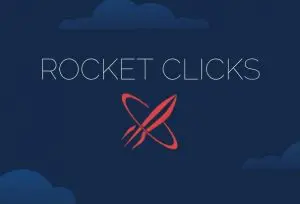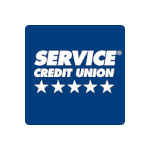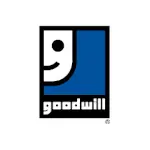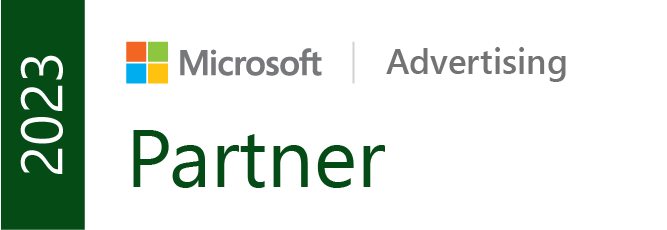When evaluating your internet marketing campaigns, there are a number of different metrics that you could possibly use to optimize your account. This blog entry focuses on the Cost per Visitor, or CPV, model, and how you can use similar metrics to find your Value per Visitor and Gross Profit per Visitor. Ultimately, you will be able to use these metrics to scale your ROI to your internet marketing campaigns goals.
Cost per Visitor
Cost per visitor, or CPV, is a metric used to measure the quality of your website visitors. It can be calculated by taking your website’s monthly spend and dividing by your site’s number of monthly unique visitors. This will tell you how much your company spent per visitor for that month.
Let’s say you spend $3,000 a month online and you have 1,000 unique visitors to your site a month.
Ex: $3,000 spend / 1,000 visitors = $3.00 cost per visitor.
Value per Visitor
Using your Value per Visitor, or VPV, you can figure out exactly how much you can spend per visitor in order to keep your ROI goals in check. To find your website’s VPV, take your monthly website sales and divide by the total number of monthly unique visitors.
Let’s say your monthly sales online is $4,000 and your unique visitors/month is 1,000.
Ex: $4,000 sales / 1,000 visitors = $4.00 value per visitor.
Gross Profit per Visitor
Using your VPV of $4.00 and subtracting your CPV of $3.00, you would know that you have a Gross Profit per visitor = $1.00. What this means is that for every new visitor to your website per month you will gain an extra $1.00 in profit.
Ex: $4.00 VPV – $3.00 CPV = $1.00 Gross Profit per Visitor.
Return on Investment
Also, using your VPV of $4.00, you can use this to scale the return on investment you would like your internet activity to achieve. If you wanted a 100% ROI from your internet investments, then you would not want to spend more than $4.00 per visitor to your website. This means that you would want to keep your average cost/clicks below $4.00 in order to align with your 100% ROI. Some clicks will be more expensive than $4, pending how much traffic you have to compete with for certain keywords, but with keywords there is little competition for your cost/click will be much lower. Each website visitor is valued at $4.00 and they are brought to your website through clicks, so that is why you would want to keep your average cost/click below $4.00.
Let’s say you get more aggressive, and want a 200% ROI on your internet investment. Well this would mean that you would want your average cost/click to sink even lower to $2.00/click. This is where working with a skilled internet marketing team can help you with advanced techniques to raise your quality scores, limit your costs, and lower your average cost/click to align with your business’s ROI.
Concluding Statements
CPV is when advertisers pay for the delivery of a targeted visitor to their advertised websites. You can use this metric combined with other similar metrics mentioned above to figure out how your average CPC can define your ROI. Look for more coming blog posts analyzing other various cost methods involved in internet advertising.
By Nick Haertel
Paid Search Analyst




















